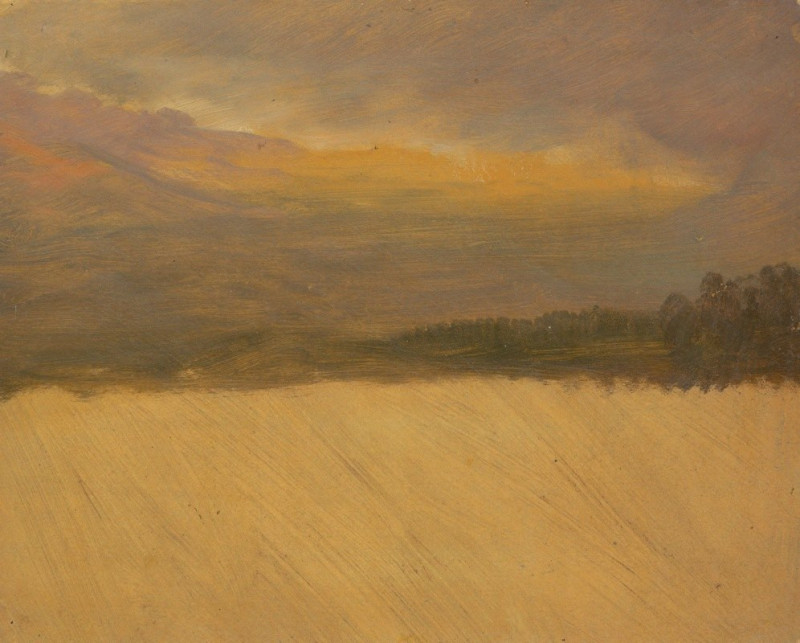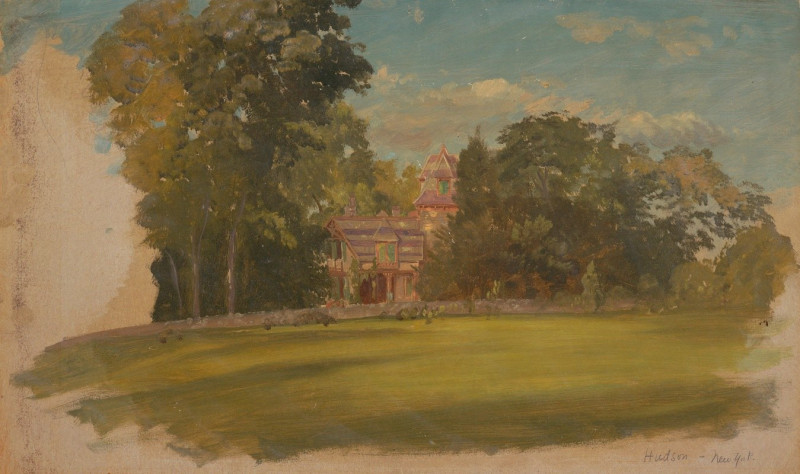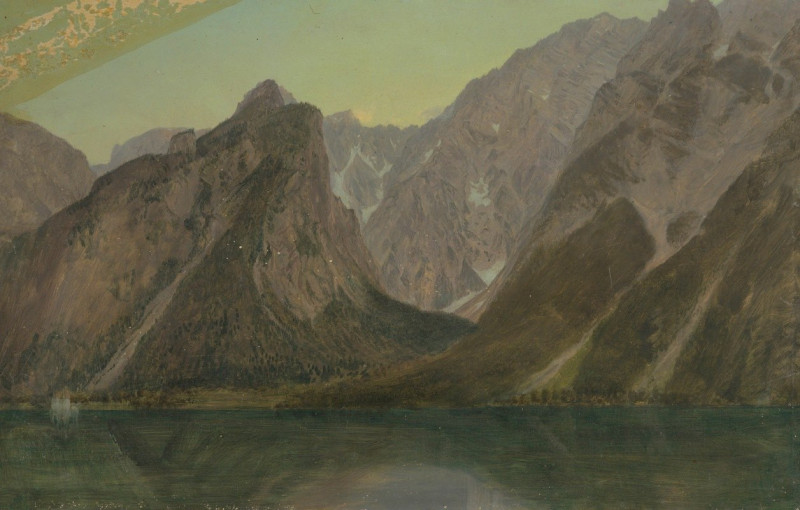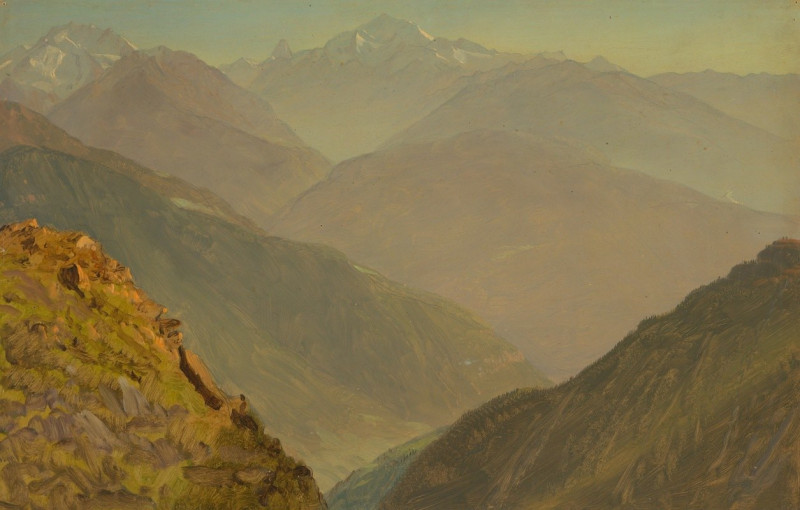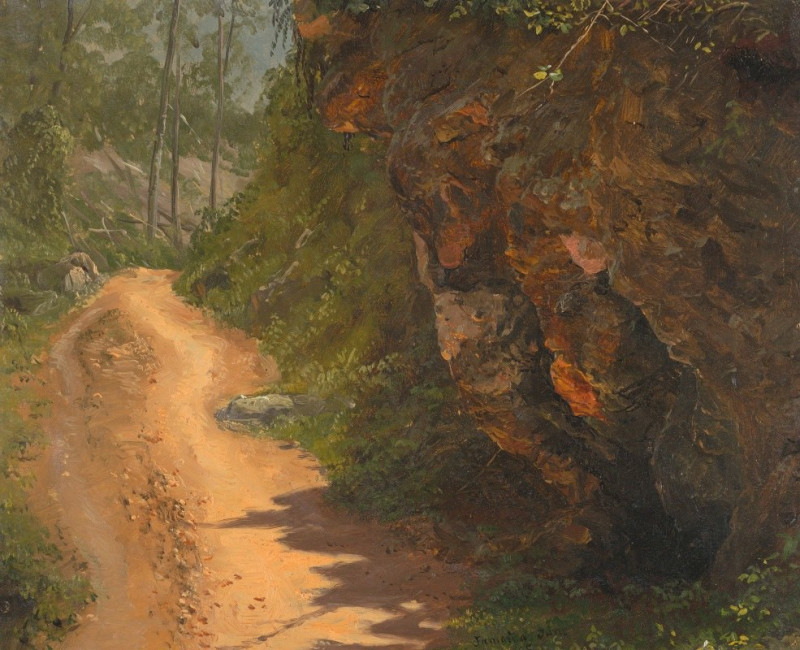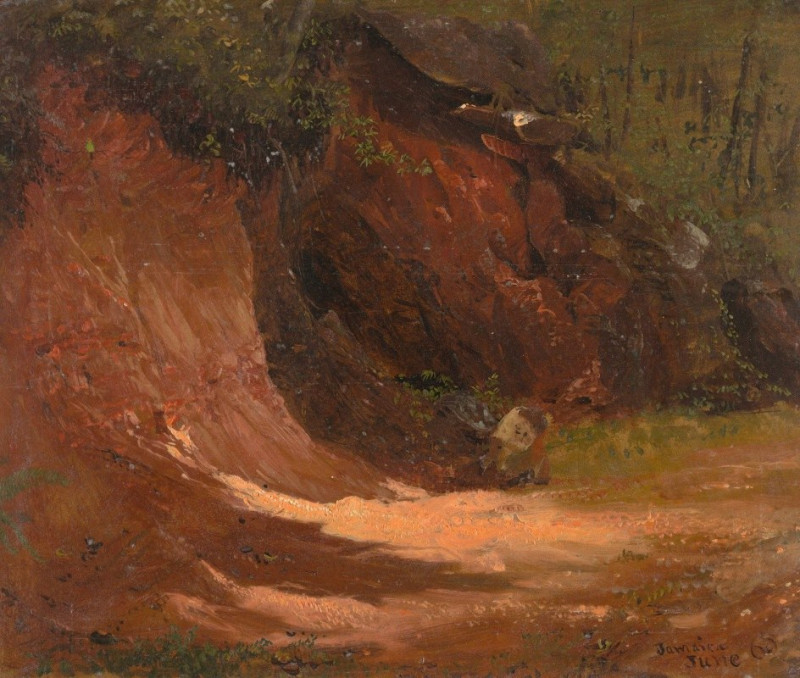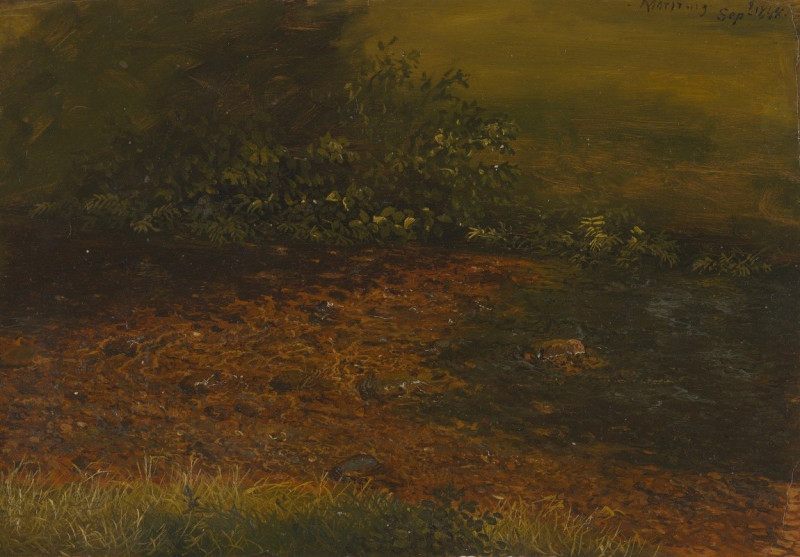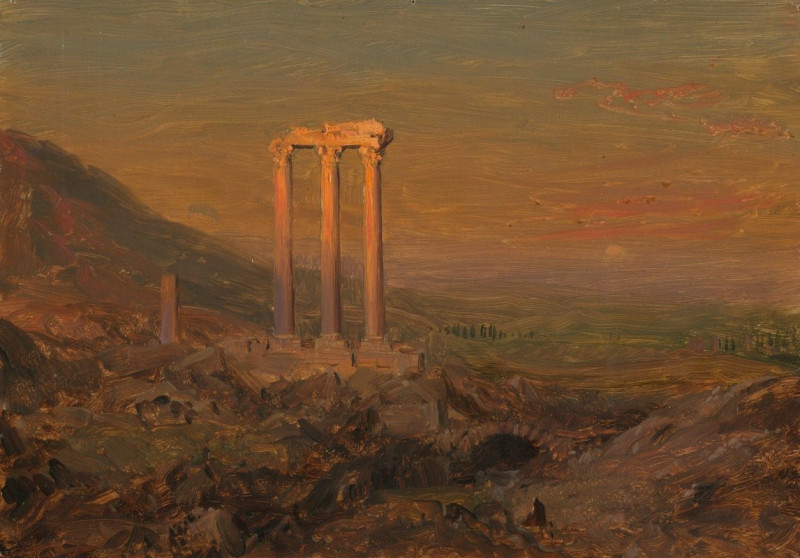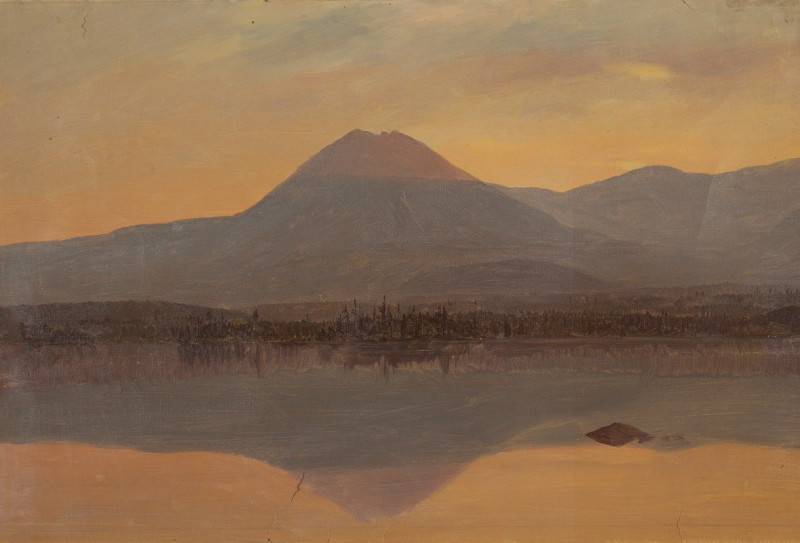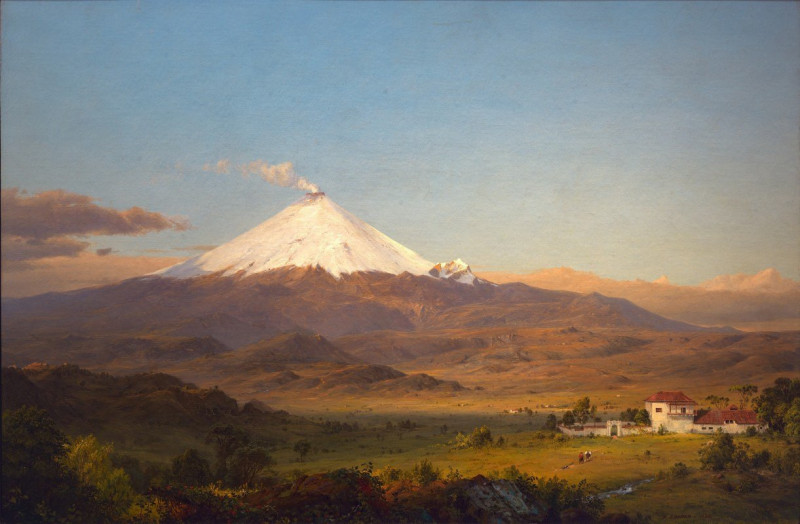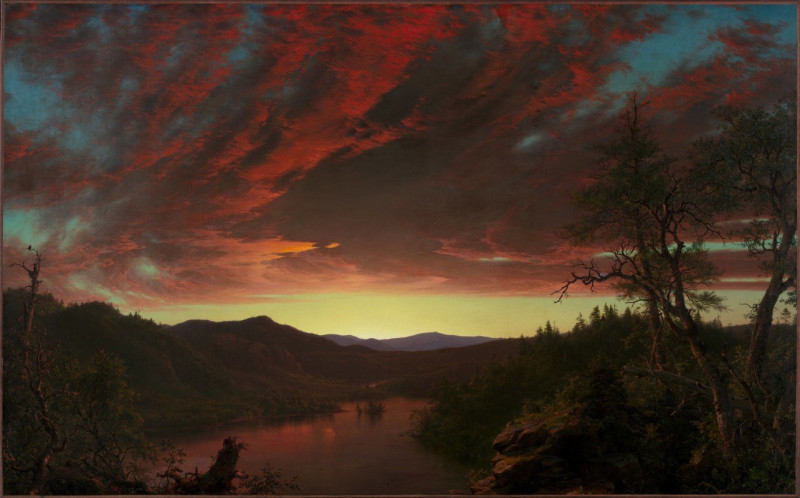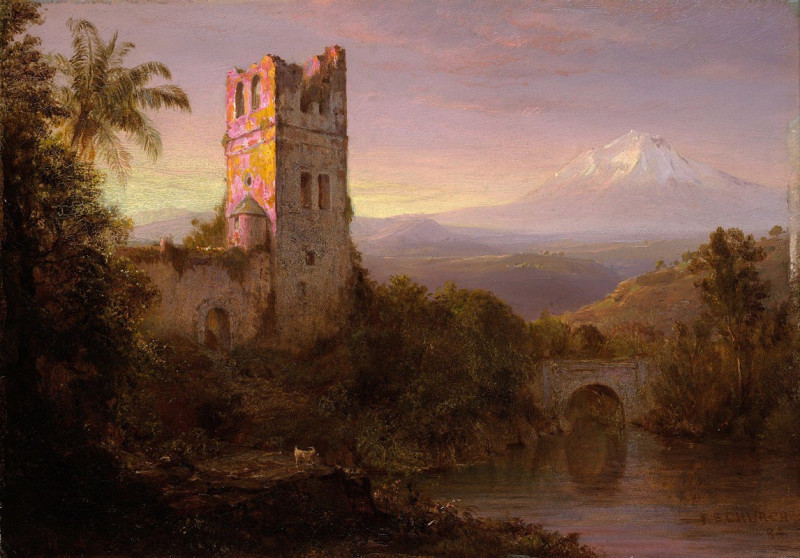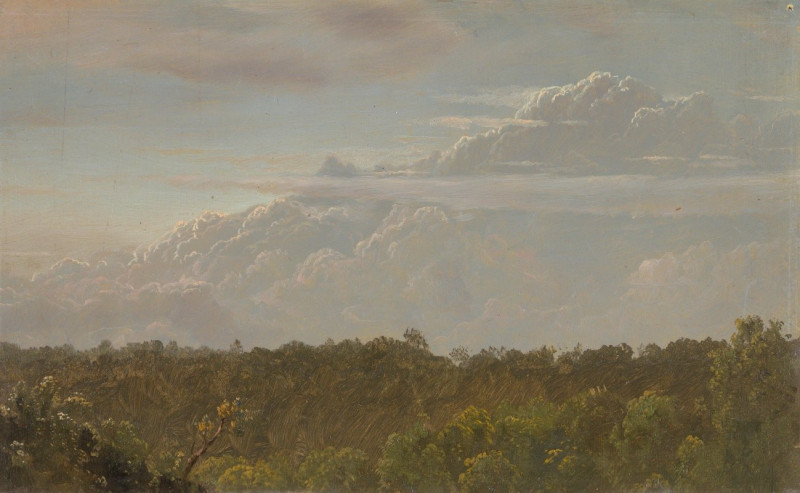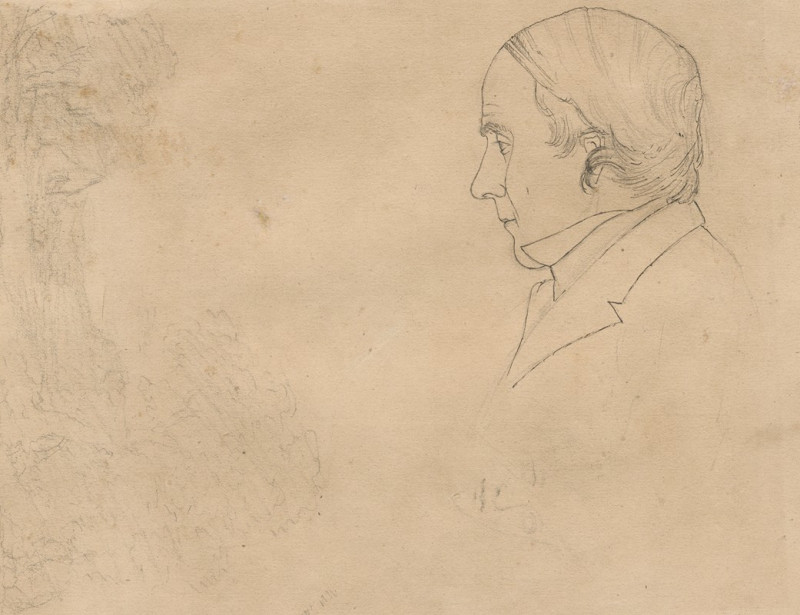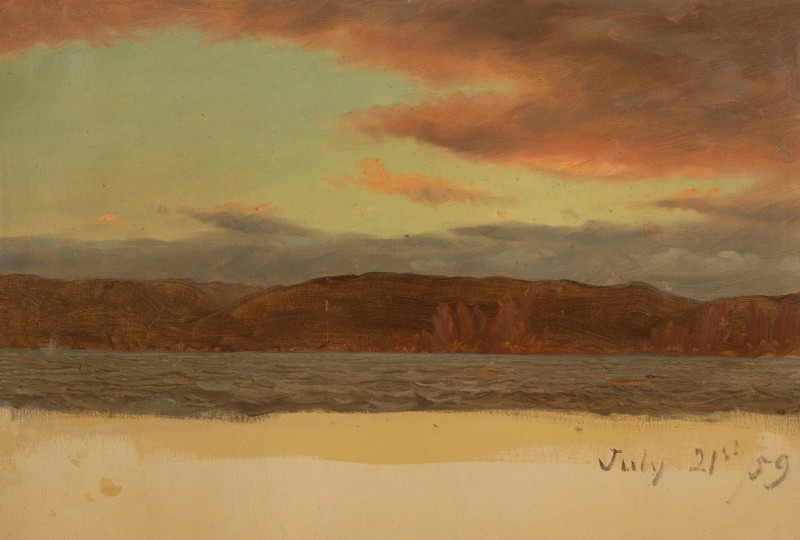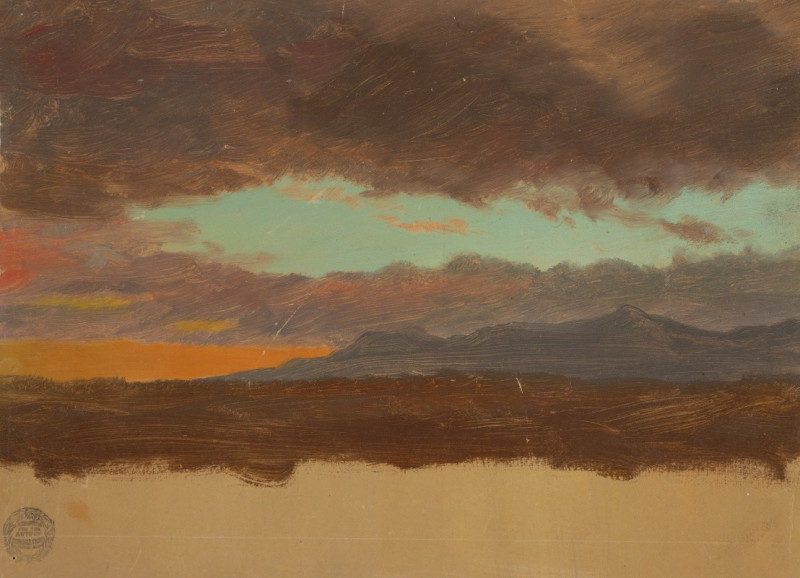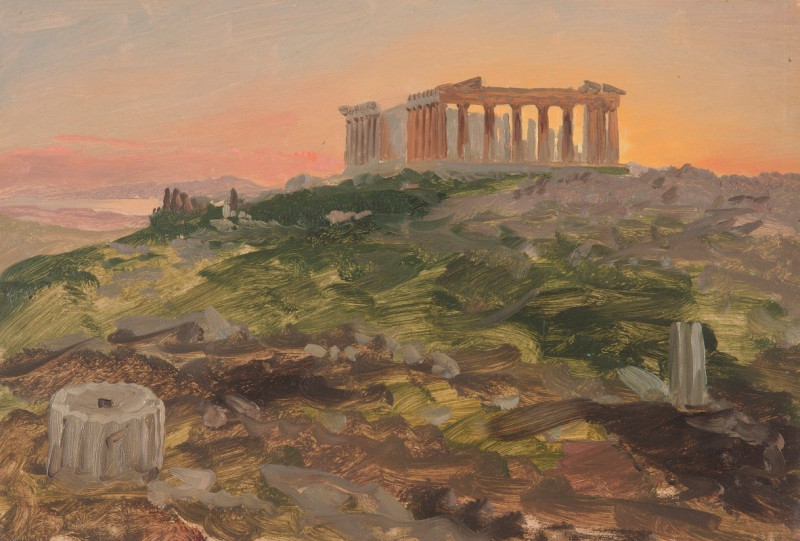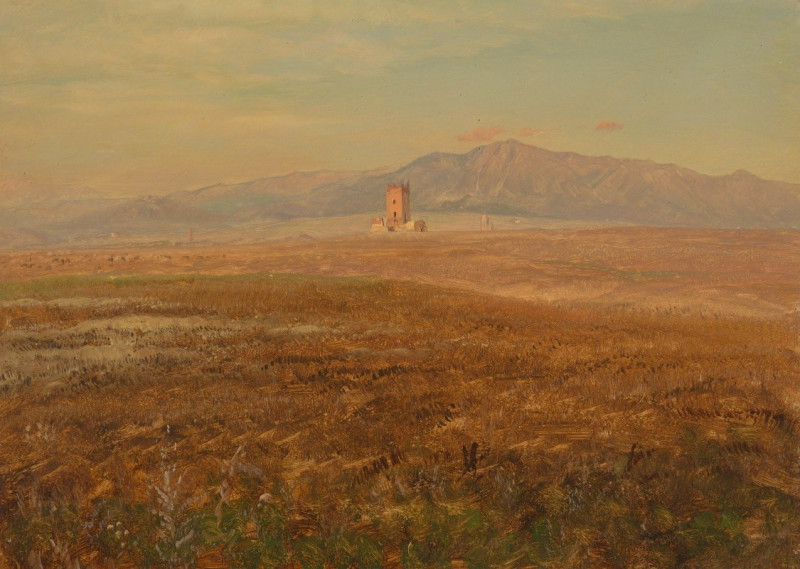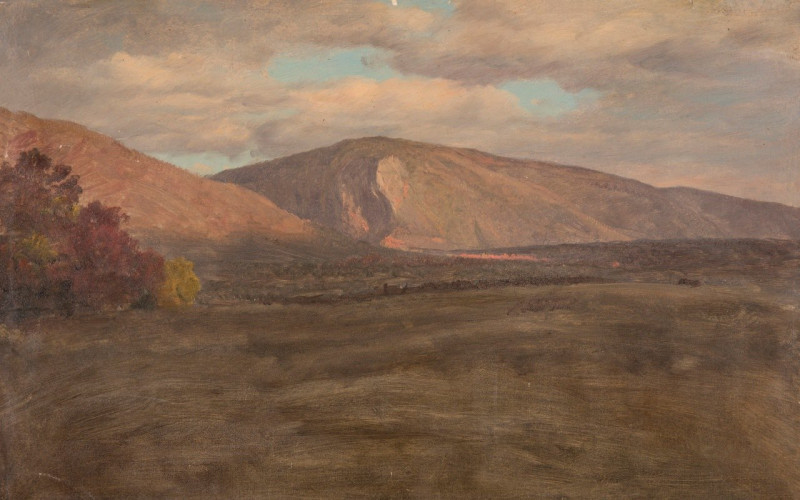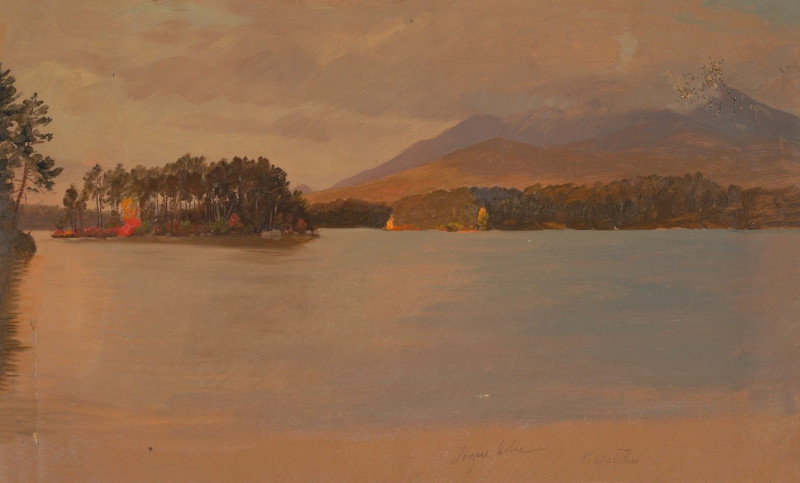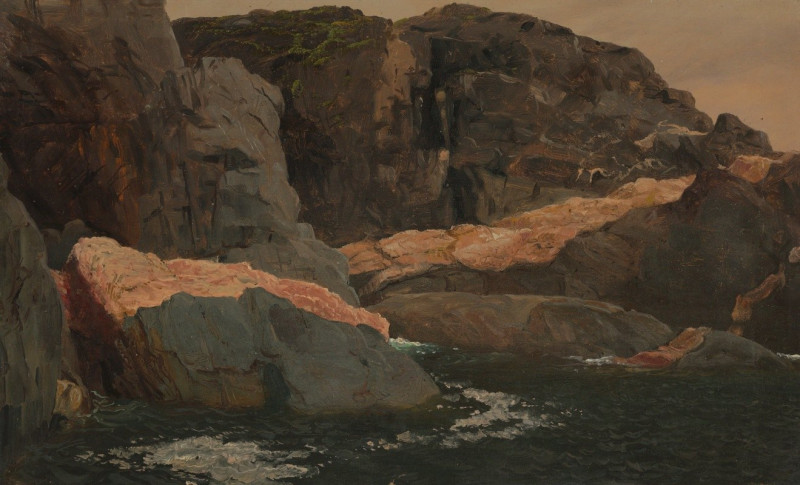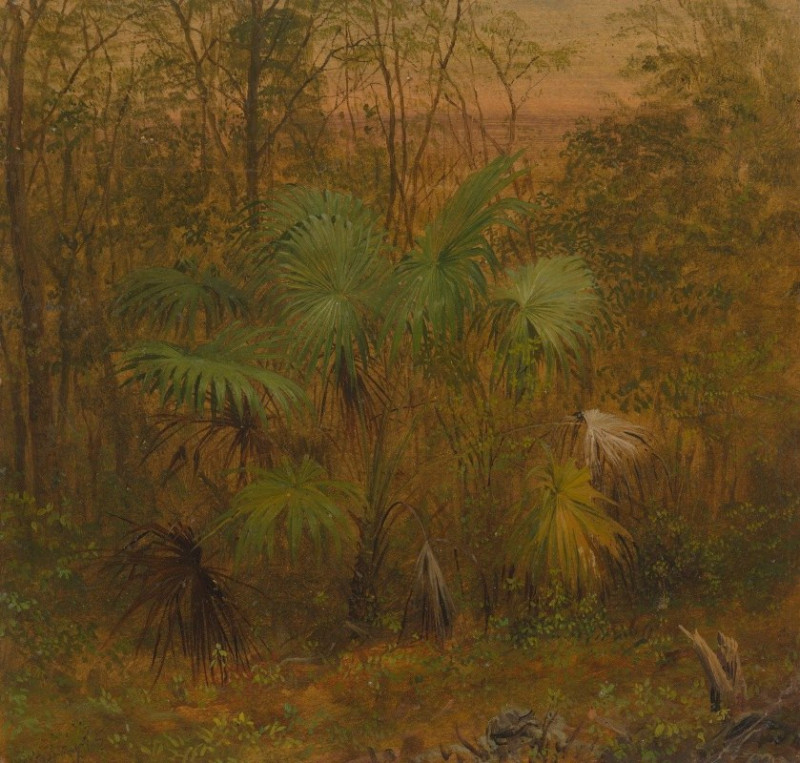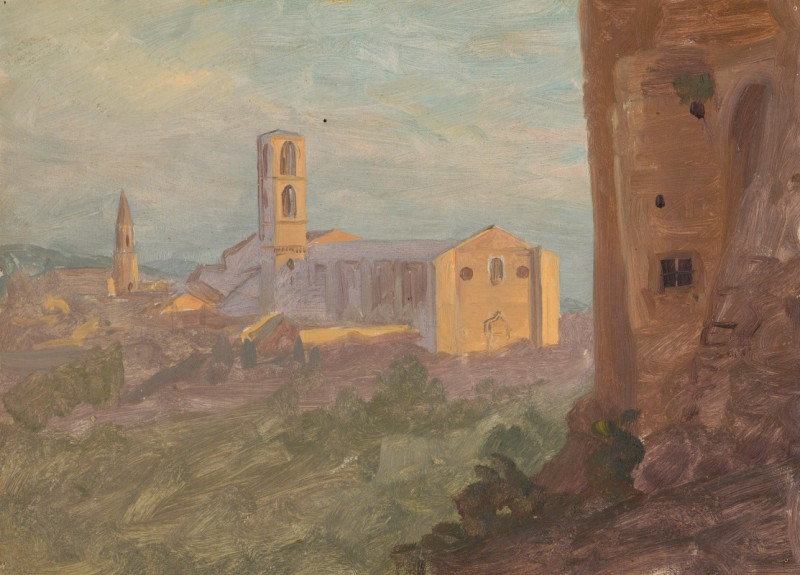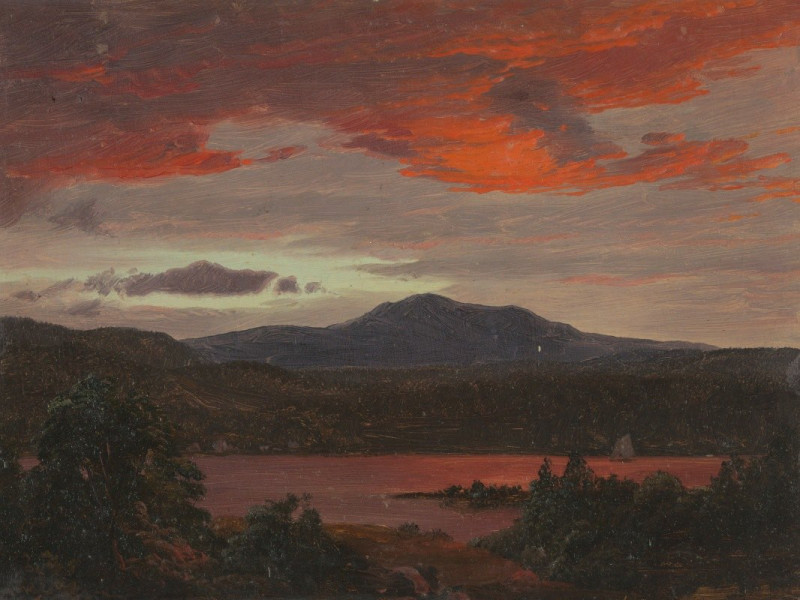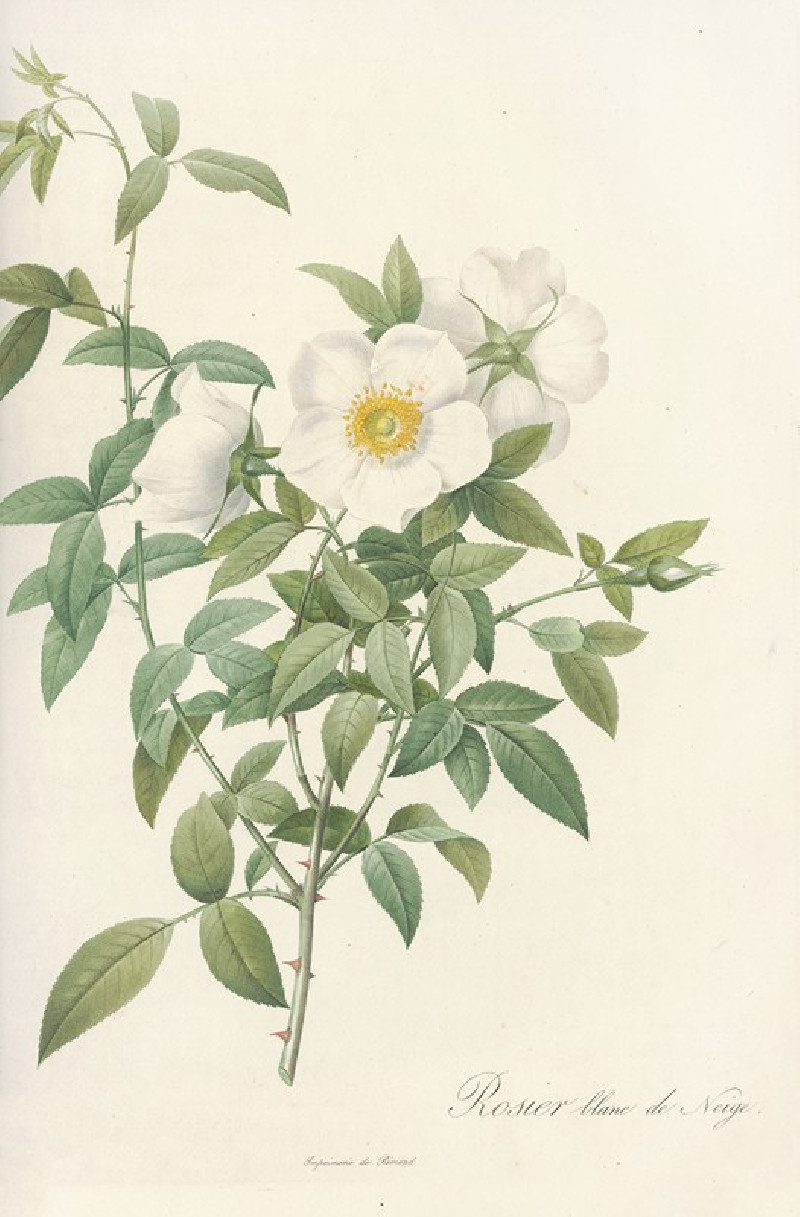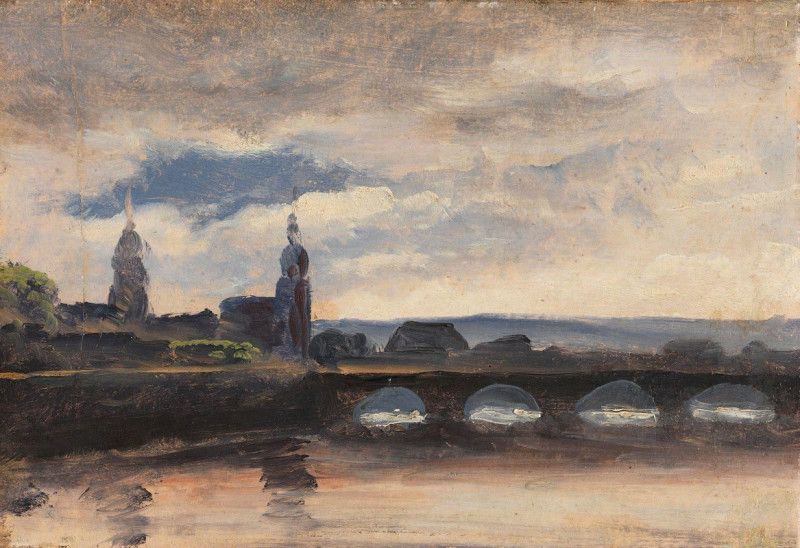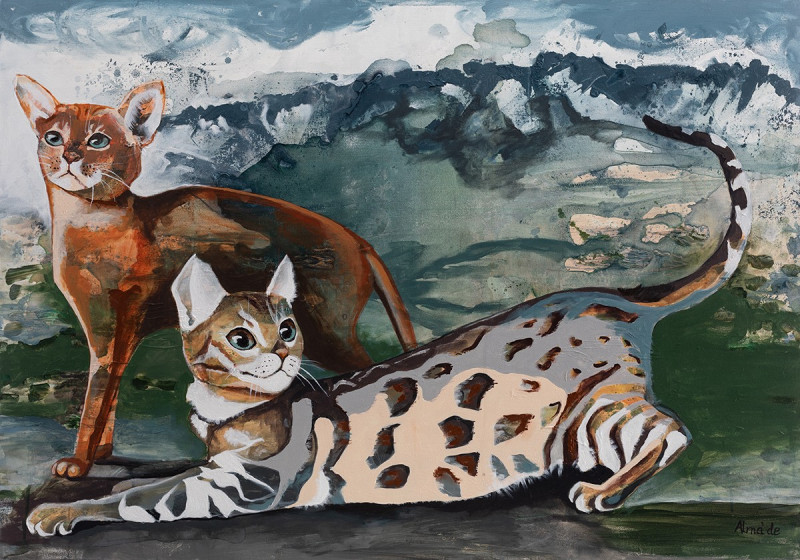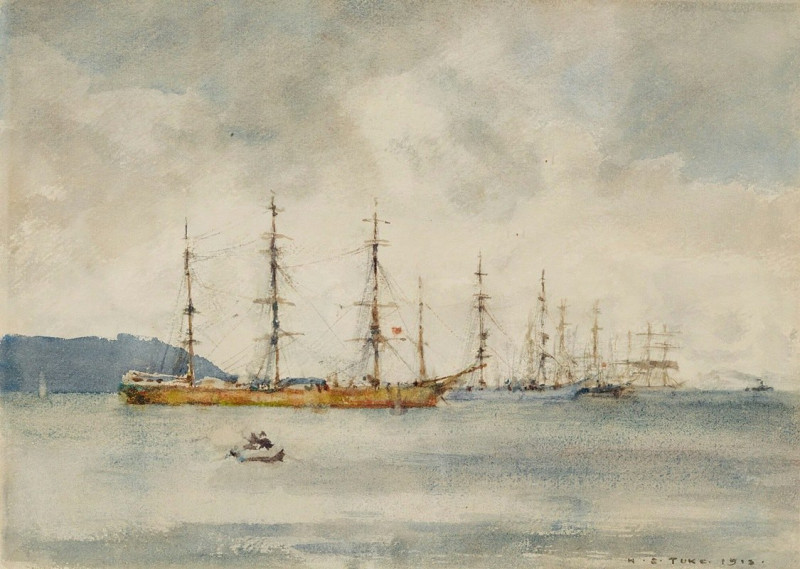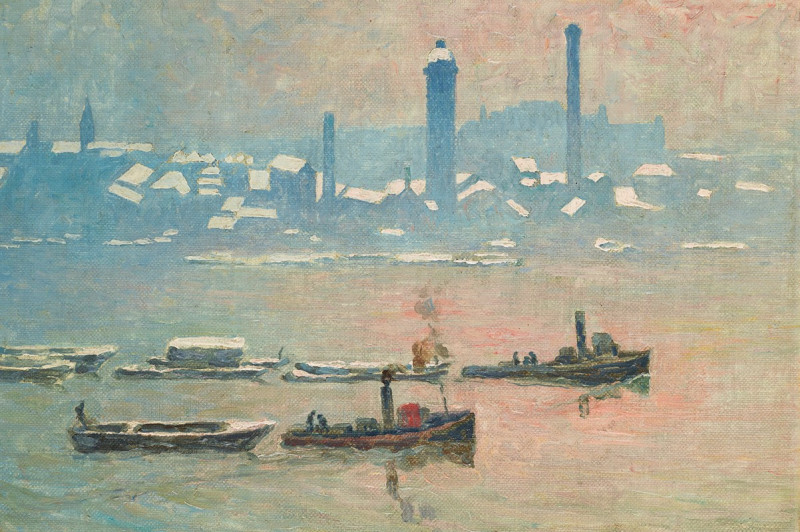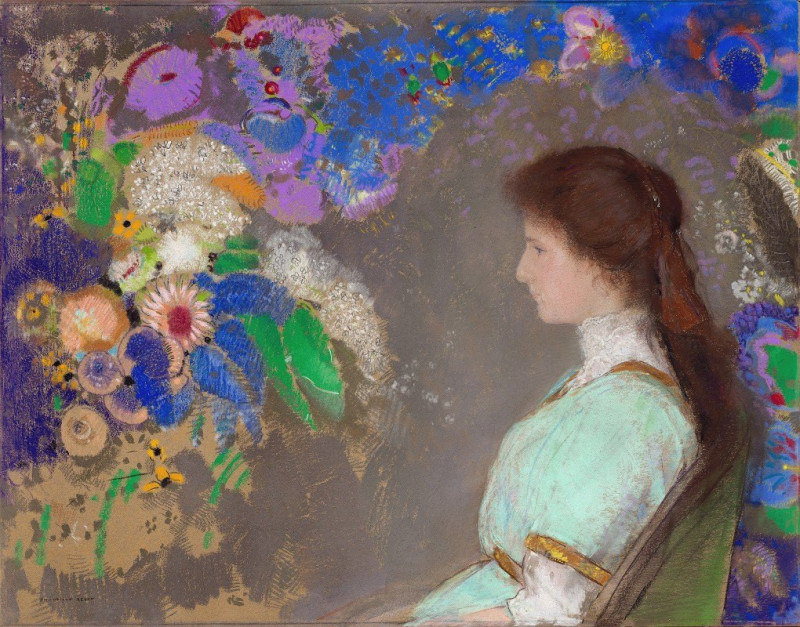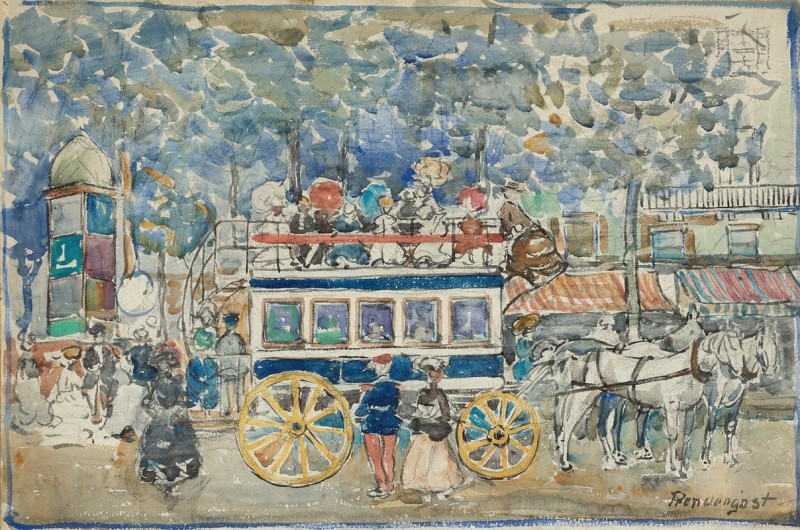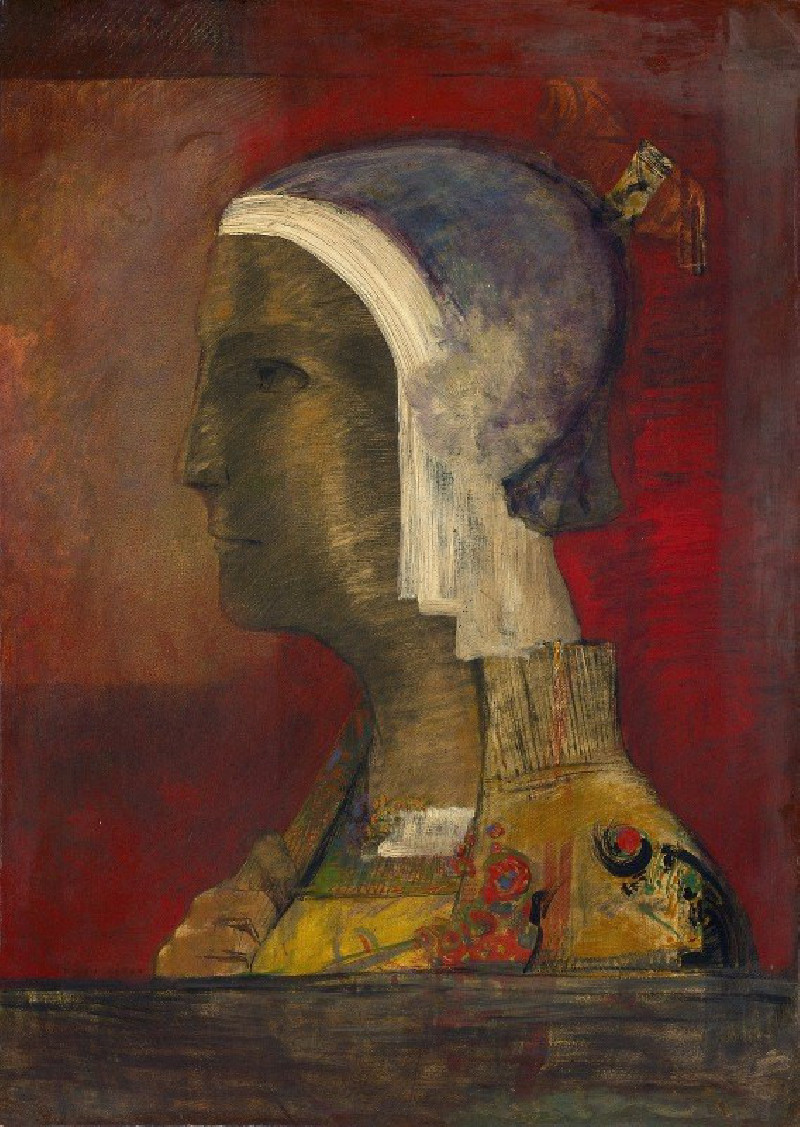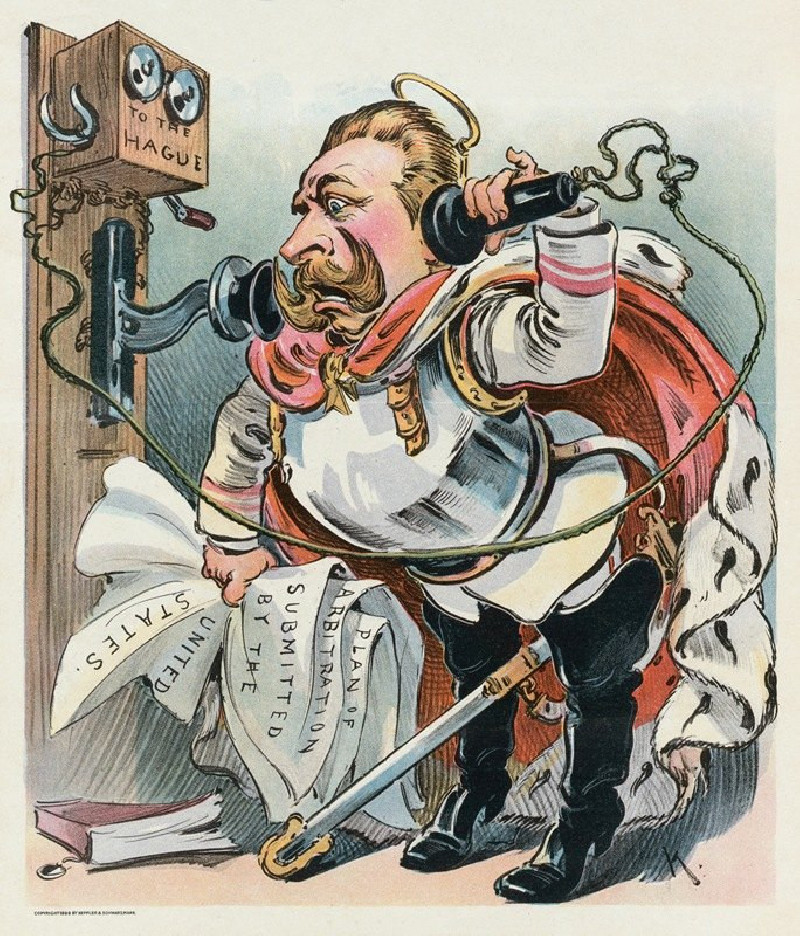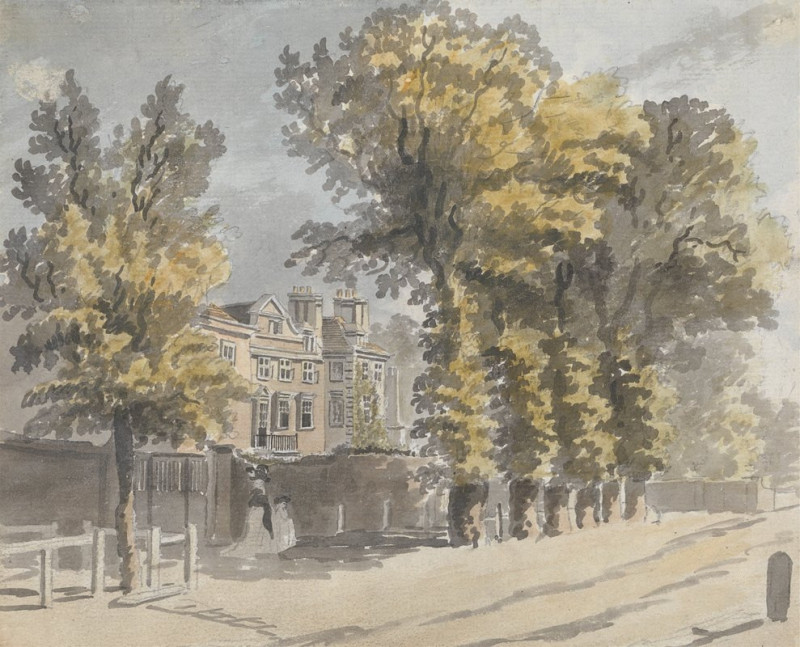Mountainous landscape (1860–70)
Technique: Giclée quality print
Recommended by our customers
More about this artwork
Explore the tranquil expanse of Frederic Edwin Church's picturesque masterpiece titled "Mountainous Landscape," created between 1860 and 1870. This painting invites viewers into a serene and contemplative natural setting, where the grandeur of nature is both a visual and emotional experience.At first glance, the artwork mesmerizes with its expansive, undulating terrain, stretching beneath a vibrant and enchantingly lit sky. The foreground is dominated by a vast, open field, depicted in soft, earthy tones that suggest the gentle undulation of a fertile plain. The central part of the painting is layered with lush, dark green forest lines, succinctly marking the boundary between the field and the rolling hills that recede into the misty horizon.Above this tranquil landscape, the sky is a spectacle of colors transitioning from a golden-orange glow to delicate hues of pink and purple, hinting at the setting sun or perhaps the break of dawn. Church’s masterful use of light not only highlights the earth’s natural contours but also enhances the sense of depth and dimension within the painting."Mountainous Landscape" is a testament to Frederic Edwin Church’s profound skill in capturing the sublime and evocative moods of nature. This piece is not only a reflection of the artist’s meticulous attention to detail and color but also an invitation to pause and reflect on the bewitching beauty of the natural world. As you gaze upon this painting, allow yourself to be transported into its peaceful embrace, a reminder of the timeless allure of nature's landscapes.
Delivery
Returns
Frederic Edwin Church (May 4, 1826 – April 7, 1900) was an American landscape painter born in Hartford, Connecticut. He was a central figure in the Hudson River School of American landscape painters, best known for painting large landscapes, often depicting mountains, waterfalls, and sunsets. Church's paintings put an emphasis on realistic detail, dramatic light, and panoramic views. He debuted some of his major works in single-painting exhibitions to a paying and often enthralled audience in New York City. In his prime, he was one of the most famous painters in the United States.

